The architecture of the Bulgarian capital is as diverse as it is beautiful. The eclecticism of downtown Sofia includes a central bourgeois area - from the Eagles' Bridge to the Royal Palace; a complex of Stalinist baroque buildings in the triangle of power - between the Council of Ministers, Parliament and the Presidency; and a more oriental section - around the Jewish synagogue, the St Nedelya temple, the mosque and the districts around the Women's Market. 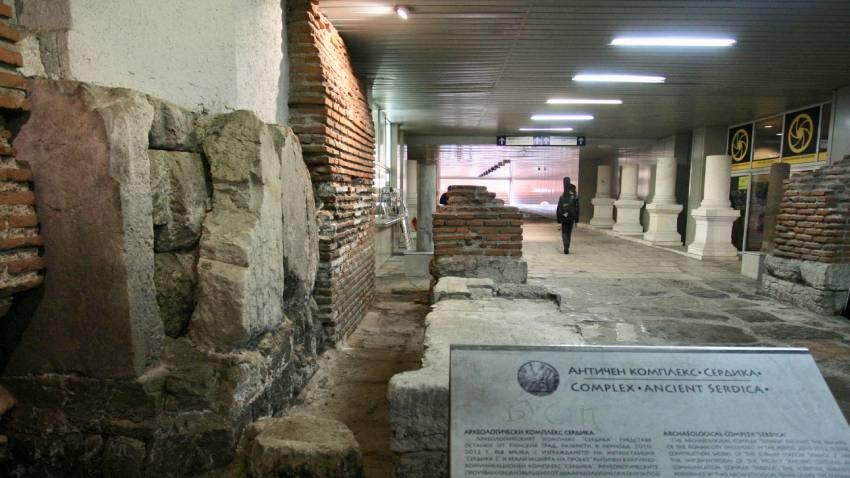
"The inner nuclei that generate the most vibrant atmosphere have different parts in terms of content and social status. In the centre of Sofia we have a dichotomy - an imbalance between the eastern and western areas. In the west are the old Jewish quarters, which were abandoned after the Jews left. It is a challenge to renovate them because the owners are now scattered all over the world," says Prof. Arch. Todor Bulev, a long-time lecturer, researcher and architect of many urban projects. He is pleased to note that in the southern part of the capital, where the National Palace of Culture is located, "Vitosha" Blvd has been transformed into a pedestrian zone, breathing new life into the central part of the city.
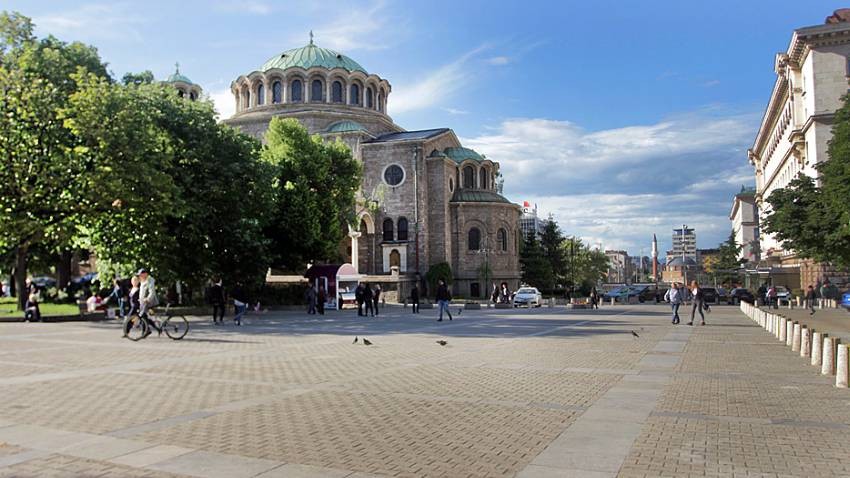
"It has become a very pedestrian area, very dynamic, with foreigners walking all the time. Tourists, when they come to Sofia, ask for Vitoshka (the popular name of Vitosha Blvd - ed.) and that's only natural. The city needs such an area, with all its shortcomings. But what the city also needs is a balance of these four axes of the city centre, which meet in St. Nedelya Square. 50-60 years ago, St Nedelya Square was the very heart of the city - the city trams used to stop there, people used to gather there for demonstrations. Now it is a very mutilated central space, mainly because of the city transport. I've always said that the solution is simply to take the bull by the horns - to close the centre of Sofia to traffic within the boundaries of the old city, and to ban parking. Because apart from traffic, parked cars are also something that is incompatible with the old town".
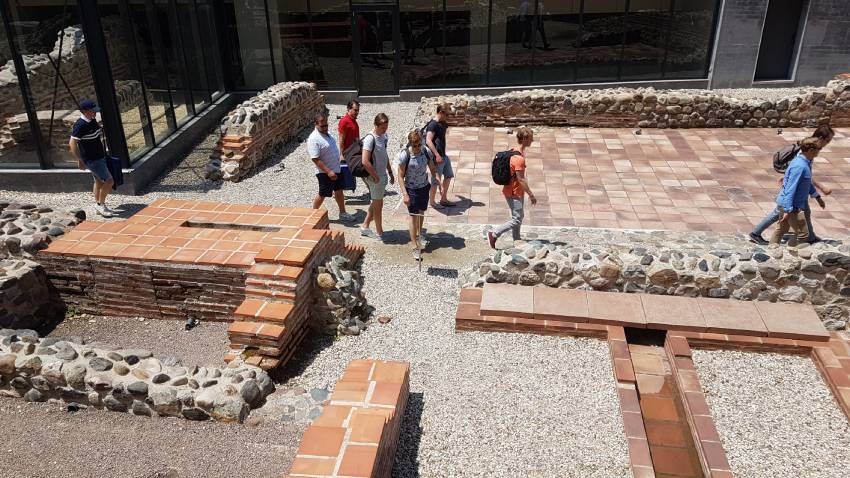
Sofia Municipality held a series of architecture competitions to solve the complex traffic and urban planning puzzle in the area around St Nedelya Square. The problems are further complicated by the presence of numerous archaeological finds. The antiquities are included in the "Serdica-Sredets" Historical and Archaeological Reserve.

Over the years, the archaeological site has been the subject of varying degrees of research and publicity. Much of it was uncovered on the second underground level during the construction of the capital's metro. However, the process has not been completed. Research and conservation have stalled due to a lack of funds and a plan to renovate the square. There is also talk of Sofia applying to UNESCO for the Serdika antiquities to be declared a World Heritage site.
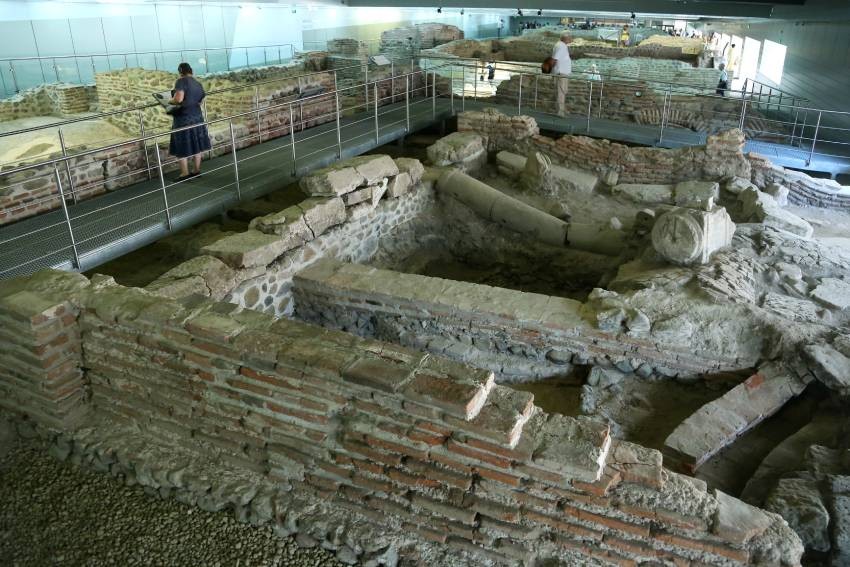
"In the case of the current finds, we have a specific work on their socialisation and integration, so that they can function as a real complex," says architect Bulev. - At the moment the ruins are very fragmented, the connections between them are unclear.
So this is not a complex to be a reserve in the sense of a functional unit. It is an area that is already protected. We need to do a lot of work to apply to UNESCO.
We ask the question: does Sofia need a bypass railway as a framework for its future development and to guide its expansion to the north, west and east?
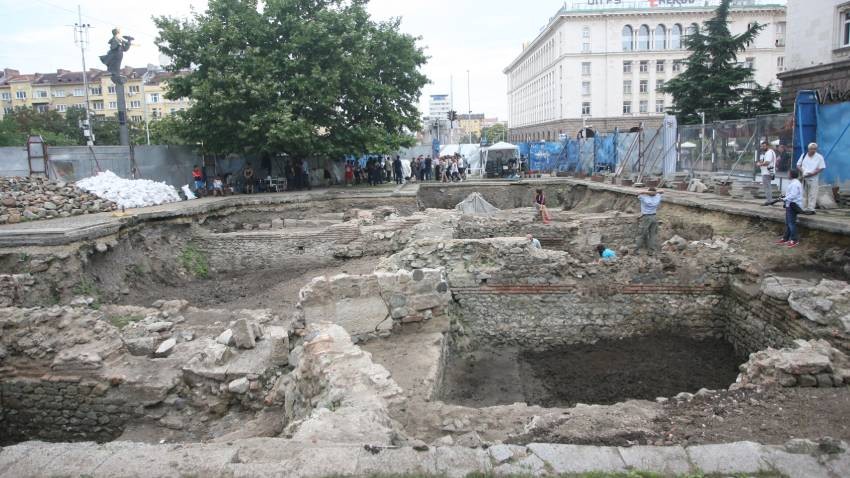
"I must tell you that 50 years ago I was the one who had the idea that Sofia should grow around Mount Vitosha. Rail transport in the outskirts of Sofia can play a very important role in the development of the city. We should try to reduce the pressure to expand Sofia to the South. This massive development will worsen the microclimate of the city anyway. The natural air currents that freely enter the city, and which the parks can partly channel, will be obstructed. We don't have a lot of data on how the microclimate of central Sofia is changing, but it is clearly not what it was 30 years ago.Като рамка на бъдещото развитие на столицата и насочване на нейното разрастване в северна, западна и източна посоки задаваме въпроса, дали София има нужда от околовръстна железница, която да облекчи градския трафик?
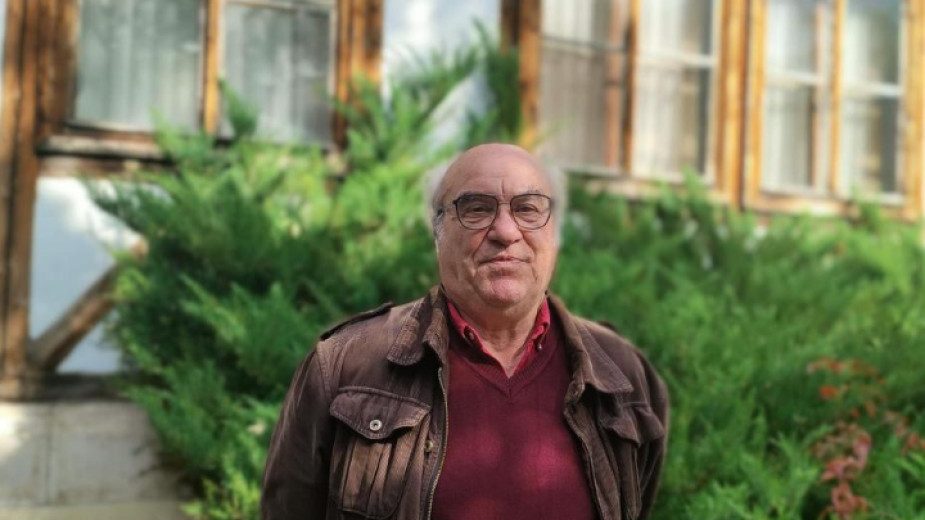
The capital's motto is "Grows but doesn't age". Modern Sofia must grow and preserve its heritage in order to age beautifully and renew itself with the times.
Photos: BGNES, stolica.bg, Iva Antonova
Translated and posted by Elizabeth Radkova
The film "Gundi: Legend of Love" caused a sensation across the Ocean. Screenings of the film story about the life of legendary football player Georgi Asparuhov – Gundi were held in Los Angeles and Las Vegas as the halls were full...
On this day 35 years ago, the authoritarian regime of communist dictator Todor Zhivkov collapsed. To mark the anniversary, the BGNES news agency carried out a survey of monuments to totalitarianism. The agency checked whether the monuments of the..
Residents and guests of the village of Kolena, Stara Zagora Municipality, gather for the Young Wine Festival. The event was celebrated for the first time in 2017, and a few years later the local teacher and winemaker Martin Slavov gave the..
Nuredin Nuredinaj comes from the historical-geographical region of Gòra in Northeastern Albania, where 90% of the inhabitants identify themselves as..

+359 2 9336 661
